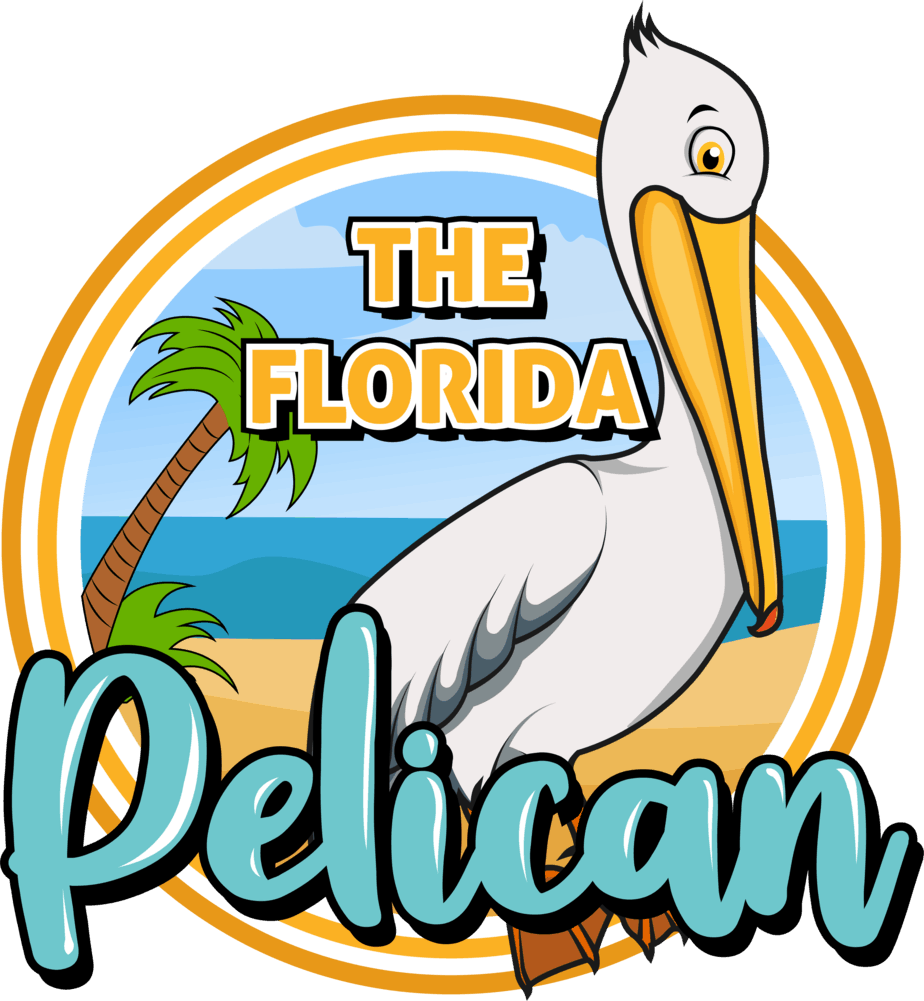The Historic City of Stuart
The City of Stuart is located on the Treasure Coast of Florida on the Atlantic Coast. The population of Stuart was estimated at 16,459 in 2020. This is a 5.5% increase from the last census report in 2010. The early settlements in Stuart by non-Native Americans date back to 1870. The area was known as Potsdam from 1893 to 1895. The name was given by Otto Stypmann who had migrated from Potsdam, Germany. He owned the land around where downtown along with his brother Ernest. Henry Flagler connected the area to Daytona Beach in 1892. His East Coast Railroad extended the railroad to Miami. Homer Hine Stuart Jr. was an influential landowner in the area. He owned 160 acres around the new railroad station. The area was eventually renamed Stuart in his honor. Subsequently, the City of Stuart was officially incorporated in 1914.
Stuart in Treasure Coast, Florida
During the 18th century, some of the Spanish galleons carrying gold and silver were shipwrecked during hurricane season. Some of these ships sunk in and around Martin County. The area was named as the Treasure Coast of Florida after some of the contents of these ships were recovered.
Stuart and Martin County were also the hideouts for the infamous pirate, Pedro Gilbert. The 1832 ambush of a US merchant ship called Mexican was the downfall of Pedro Gilbert. He was arrested and executed after his failed attempts to set fire to the ship and kill the crew. The testimony of the surviving crew was instrumental in the conviction of Gilbert.
Martin County, Florida
The city of Stuart is located in Martin County, Florida. Stuart was originally incorporated in 1913 with the encouragement of Stuart Time, the city’s first newspaper. In 1916 many sections of the newly established Stuart were destroyed in a fire.
The City of Stuart stayed as a part of Palm Beach County. from 1909 to 1925 when Martin County was eventually established. Stuart was designated as the county seat. By this time Stuart has come a long way from the days when a few pioneers were exploring the area. Banks, hotels, and churches brought many smaller businesses to town.






Recent Comments